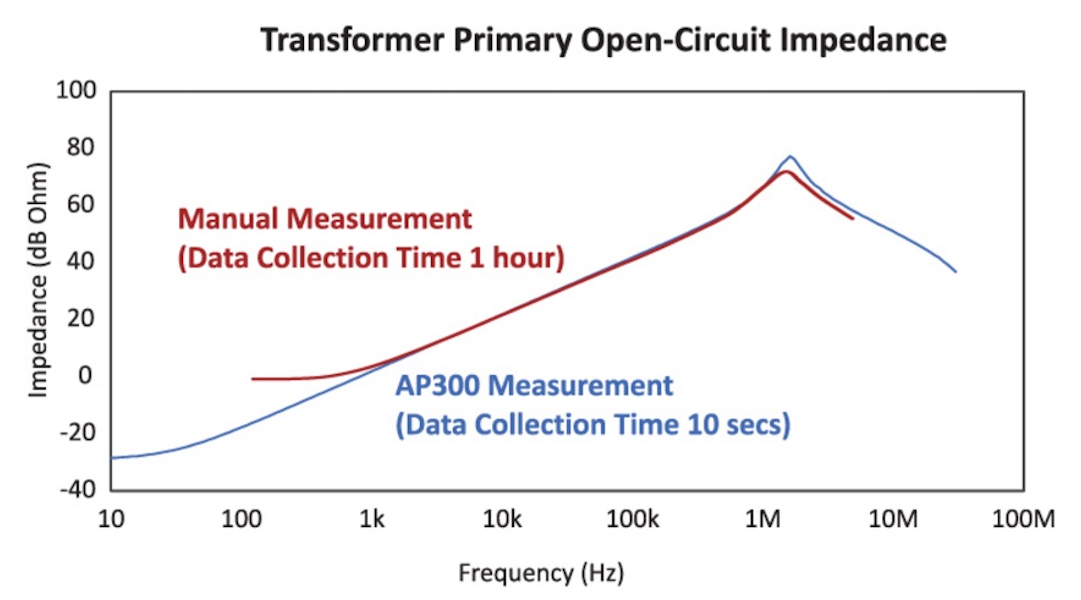
The bad quality of Kucera and Francis (1967) and Celex (1993)Answer (1 of 4): I guess that you are referring to the human body. At the same time, they are easier to recall but more difficult to recognize in episodic memory tasks. High-frequency words are perceived and produced faster and more efficiently than low-frequency words. We measure sound intensity (also referred to as sound power or sound pressure) in units called decibels.Word frequency is an important variable in cognitive processing. Another important and easily measured factor is sound intensity, or volume. Your vibrational frequency matters when it comes to your health and happiness, and ultimately, it’s up to you how high it is At ITN, we understand the power of personalization and encourage you to do what works for you and your needs Take measures into your own hands, and make a point to do a least a few items on this list every day.WORD FREQUENCY AMERICAN ENGLISH The importance of word frequencya high temperature this means you feel hot to touch on your chest or back (you do not need to measure your temperature) a new, continuous cough this.Many factors influence how loud a sound seems, including how long it lasts, the sound’s frequencies (or pitches), and the environment in which you hear the sound.

Brysbaert & New (Behavior Research Methods, in press) calculated the percentages of variance accounted for by Kucera and Francis, and Celex in the accuracies and reactions times of a lexical decision task.Improved frequency measures based on American English subtitles (SUBTLEX US)Brysbaert & New compiled a new frequency measure on the basis of American subtitles (51 million words in total). These have become available as part of the Elexicon project ( ). This measure is better than Kucera and Francis, but not optimal either (Balota et al., 2004 Zevin & Seidenberg, 2002).To assess the quality of a frequency measure, one needs word processing times.
Measure Your Frequency Download The New
Download the new frequency measuresThe new frequency measures based in the SUBTLEXUS database can be found here: The full analysis by Brysbaert & New can be read here. The frequencies of these words are overestimated, as more variance in RTs is accounted for when the frequencies of these words starting with a lowercase letter are used rather than the total frequencies. In addition, the corpus indicates which words are likely to be used as names (e.g., Mark, Archer, etc.). The percentage of films in which a word occurs, called SUBTLEX CD (Subtitle frequency: contextual diversity see Adelman, Brown, & Quesada (2006) for the qualities of this measure).The percentage of variance accounted for by these measures is significantly higher than the variance accounted for by Kucera & Francis, and Celex.For short words, the percentages of variance accounted for are also better than the fit with HAL, Zeno et al., and the word frequencies based on the British National Corpus.
This starts with a capital when the word more often starts with an uppercase letter than with a lowercase letter. Zipped Text file with the raw data on all 282,170 letter strings in the corpus (mainly of interest to those working on frequency measures themselves)The Excel files contain the following information: Zipped Text version with all 74,286 words in the corpus (interesting for those who need word frequencies in American English and do not have MS Office 2007) Zipped Excel 2007 file with all 74,286 words in the corpus (interesting for those who need word frequencies in American English and have MS Office 2007)
This allows users to further match their stimuli. This is the number of times the word appears in the corpus starting with a lowercase letter. This is the number of films in which the word appears (i.e., it has a maximum value of 8,388).


Zipf values range from 1 to 7, with the values 1-3 indicating low-frequency words (with frequencies of 1 per million words and lower) and the values 4-7 indicating high-frequency words (with frequencies of 10 per million words and higher). Zipf values added to the SUBTLEX-US frequenciesIn Van Heuven, Mandera, Keuleers, & Brysbaert (QJEP, 2014) we proposed a new frequency measure, the Zipf scale, which is much easier to understand than the usual frequency measures. The relative frequency of the dominant PoSYou find more information about the tagging in Brysbaert, New, & Keuleers (Behavior Research Methods, 2012).You find a zipped Excel version of the SUBTLEX-US word frequency file with PoS information here.You find a zipped text version of the file here. The dominant (most frequent) PoS of each entry
More information about the Zipf scale can be found here.


 0 kommentar(er)
0 kommentar(er)
